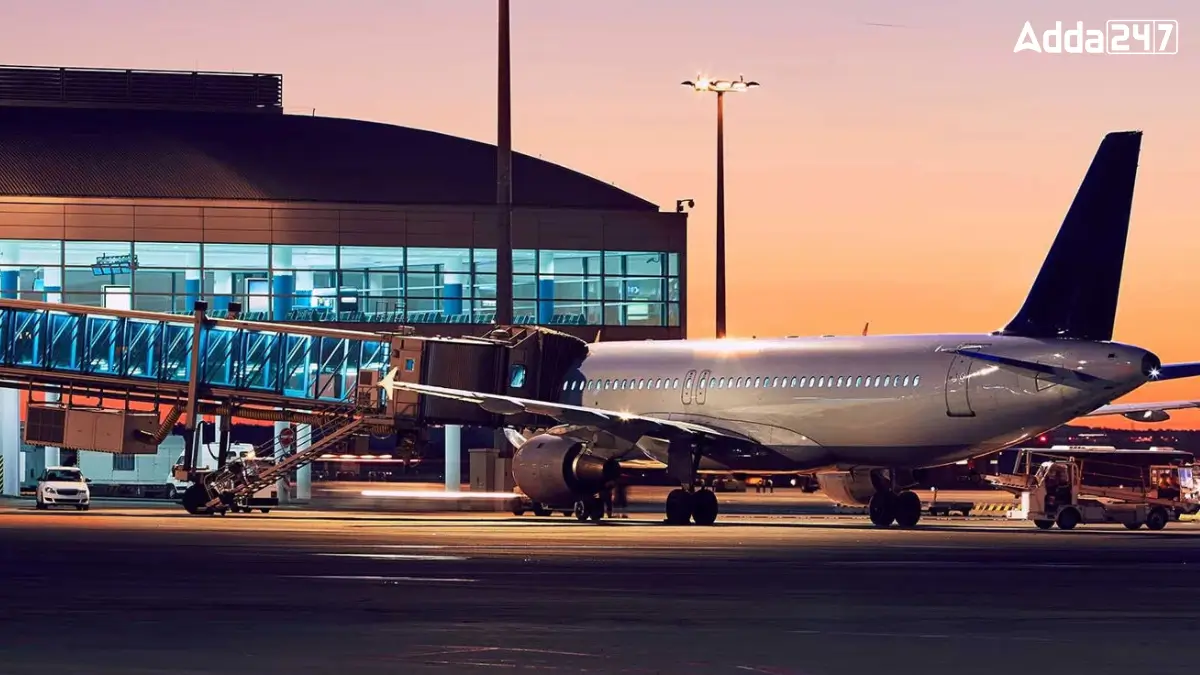India’s aviation journey began many year ago with the establishment of its first airport. This airport played a key role in the growth of air travel in the country. It served as an important hub for early flights and helped connect different cities. Over time, bigger and more advanced airports were built, but this first airport remains an important part of India’s aviation history. Let’s learn more about it.
India’s First Airport
The Beginning of Juhu Aerodrome
Juhu Aerodrome started as a simple unpaved airfield in 1928. It was mainly used for flying lessons, joy rides and air travel. The Bombay Flying Club was the first to use this airport for pilot training. However, the airfield had a problem during monsoons as it would get flooded.
JRD Tata’s Historic Flight
On October 15, 1932, JRD Tata, known as the Father of Indian Civil Aviation, landed at Juhu Aerodrome. He flew a small Puss Moth aircraft from Karachi to Mumbai carrying mail. This flight started India’s first commercial air service, which later became Air India.
Development of the Airport
In 1936, two bitumen runways were made. However, the airport still faced waterlogging issues during monsoons. In 1937, concrete runways were built and by 1938, night flying facilities were also added. During this time, airlines like Tata Sons Ltd. and Air Services of India started using the airport.
Juhu Airport During World War II
During World War II, Juhu Aerodrome was Mumbai’s main airport. However, in 1948, a new airport called Santacruz Airport (now called Chhatrapati Shivaji Maharaj International Airport) was built just 2 km away After this, commercial flights shifted to the new airports and Juhu Aerodrome was used for smaller aircraft and helicopters.
Significance of Juhu Aerodrome Today
Today, Juhu Aerodrome is mainly used for helicopter operations and small aircraft. It is the base for Pawan Hans, which operates helicopter services to offshore oil rigs. It is also home to the Bombay Flying Club, where pilots are trained.
Plans for Expansion
Over the years, there have been plans to expand the airport. The Airports Authority of India (AAI) wanted to extend the runway into the sea to allow larger planes to land. However, this plan was rejected due to environmental concerns. In 2012, new rules allowed the AAI to reconsider the expansion by building a runway on stilts over Juhu Beach, but this has not been approved yet.
Challenges for Expansion
Many problems are stopping the expansion of Juhu Aerodrome, including:
- Safety Issues: The airport is very close to Chhatrapati Shivaji Maharaj International Airport and flights from both airports could interfere with each other.
- Sea Level Concerns: The airport is only 4 meters above sea level, making it risky to extend into the sea.
- Opposition from Locals: Nearby residents and Nanavati Hospital oppose the expansion as it could cause noise pollution and traffic issues.



 Which Country is Known as the Land of Ch...
Which Country is Known as the Land of Ch...
 Which Bird is known as the King of Birds...
Which Bird is known as the King of Birds...
 Which City of Austria is Known as the Ci...
Which City of Austria is Known as the Ci...







